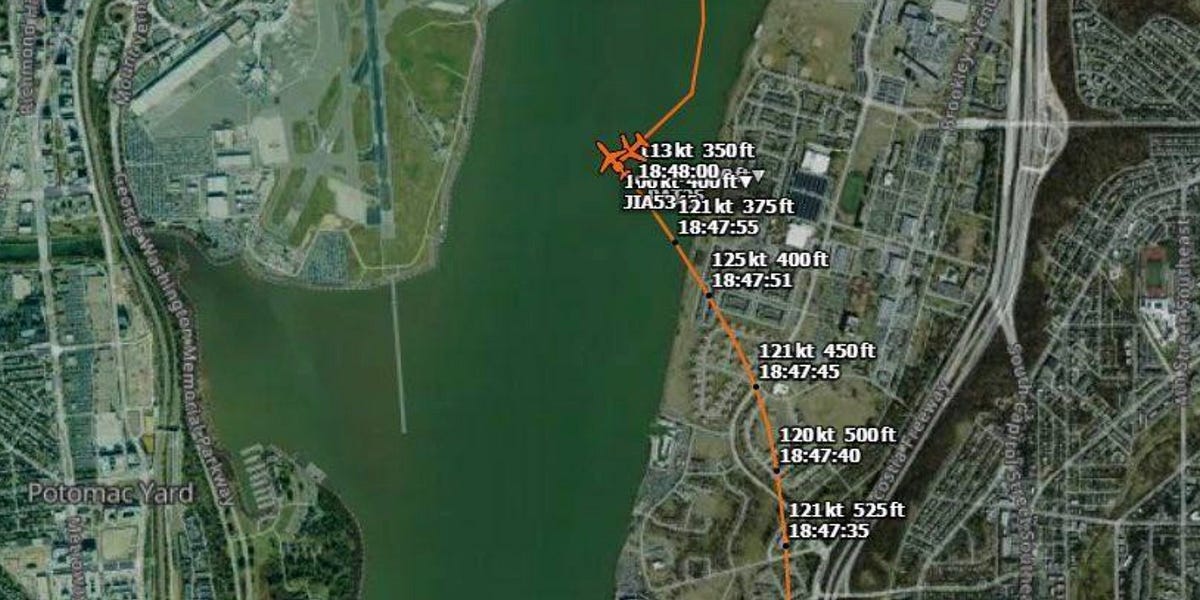Just think about how many things had to happen at just the right time for this crash to happen. If either aircraft had changed their airspeed by just five to ten knots during the time that they were approaching the crash point, they would not hit. If either aircraft had made one of their many turns slightly wider or slightly tighter, they would not hit. If the departing RJ had not been just a little delayed which led to the runway change, they would not hit. If either aircraft had been just fifty feet higher or lower, they would not hit. If the tower controller had used the more formal traffic warning that included the clock position of the traffic, the helicopter might have been alerted to the correct traffic conflict. I have been involved in a couple of crash investigations and I have learned that accidents are rarely the result of one single cause. Almost all accidents are the result of a chain of events, all of which have to happen at the exact time or the accident does not happen. The NTSB is very good at solving these things. They carefully consider every factor and they avoid jumping to what seems like the obvious answer. For all we know at this point, the helicopter crew or the RJ crew could have suffered a sudden problem. That is why the NTSB takes so long to issue their report. They want to be sure.

 Hi Guest!
Hi Guest!

 smilie in place of the real @
smilie in place of the real @
 Pretty Please - add it to our Events forum(s) and add to the calendar! >>
Pretty Please - add it to our Events forum(s) and add to the calendar! >> 





